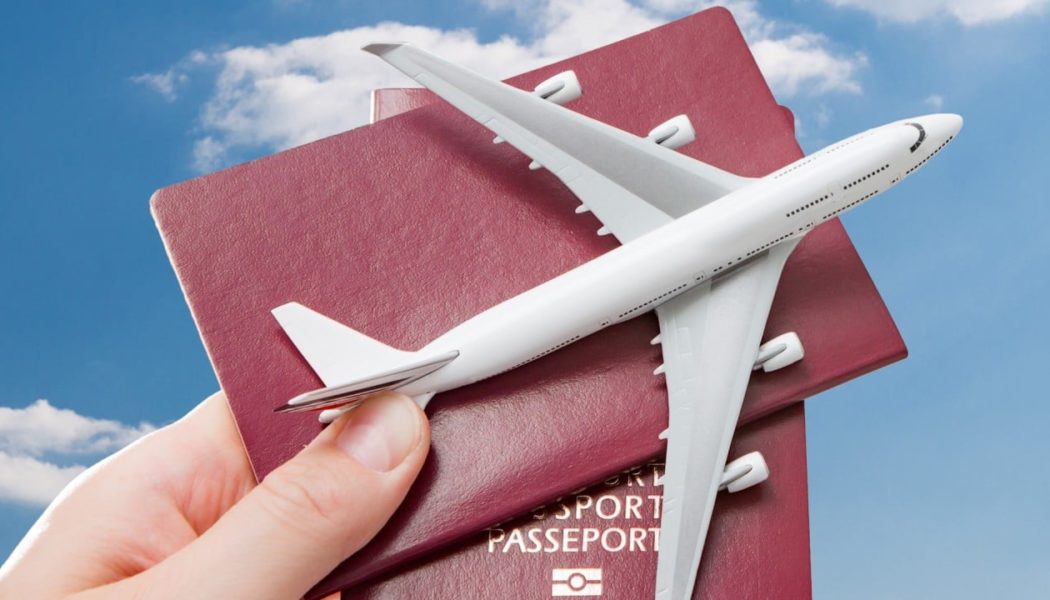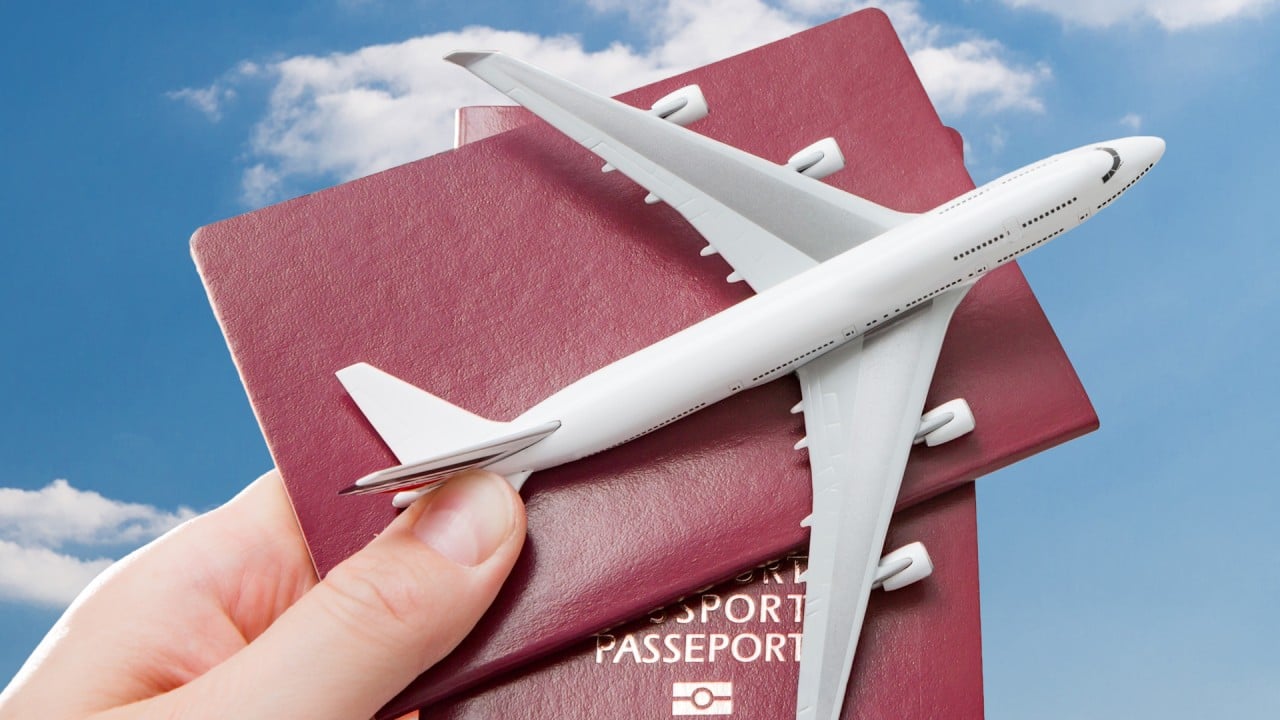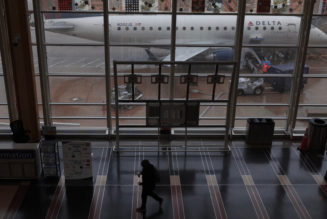Meanwhile, using cold, hard cash was cumbersome as he bounced around between the provinces of Fujian, Guangdong and Sichuan. In the end, he mainly only opened his wallet to pay street vendors, but even stall operators and hawkers often prefer mobile payments. They rarely accept international cards, and Cheung found that many did not offer change for cash transactions.
“Frankly, I see it as a challenge that comes with being a foreign tourist,” Cheung lamented. “China’s payment methods cater largely to locals.”
Foreign visitor numbers yet to reach China’s pre-pandemic levels, data shows
Foreign visitor numbers yet to reach China’s pre-pandemic levels, data shows
These types of payment issues that Cheung and other outsiders encounter pose a big challenge for Beijing to foster people-to-people exchanges as part of wider efforts to improve foreign relations and boost the nation’s economic recovery.
China recorded about 424 million entries and exits in 2023, marking an increase of 266 per cent over lockdown-stricken 2022, according to immigration figures. Among those, 206 million involved mainland residents, while 183 million involved travellers from Hong Kong, Macau and Taiwan. The remaining 35.48 million trips were made by foreigners from elsewhere, accounting for just 8.37 per cent of the total.
The ease of payments, or the lack thereof, has been cited as one of the factors deterring foreigners from visiting China, in addition to other considerations such as the West’s push to decouple from China, and Beijing’s national security concerns and related crackdowns.
But in the grand scheme of deterrents, making it easier for foreigners to fork over their money should be among the easiest hurdles to clear, yet it remains problematic.
In July, WeChat Pay and Alipay, the two dominant mobile-payment providers, enabled overseas tourists to link their credit or debit cards issued by Visa, Mastercard and some other major international operators, after years of limiting the use of foreign bank cards due to Beijing’s rigid financial and data controls.
The change allowed overseas visitors without a Chinese bank account to pay with WeChat Pay and Alipay as locals would, including by registering with their real names.
Central bank data shows that more than 95 per cent of Chinese residents have personal bank accounts, and that the mobile-payment penetration rate has reached a world-leading 86 per cent.
The data reflects how “modern financial services are easily and quickly available to people in both urban and rural areas”, according to state media Xinhua.
That’s all well and good for the majority of Chinese people, but what about tourists and those who struggle with – or can’t afford – mobile devices?
Outsiders who link international cards to mobile-payment apps are charged a 3 per cent service fee for transactions over 200 yuan (US$28), and single transactions over 6,000 yuan (US$845) cannot be processed.
“Certain foreign tourists do not accept using mobile payments,” said Charlie Chen, who manages Easy Tour China, a Guangxi-based travel agency.
Chen said many tourists, especially those from Europe and the US, were reluctant to input personal data into mobile-payment apps due to privacy concerns, while visitors from Southeast Asia were relatively more inclined to use mobile payments in China.
Digital payments also present a challenge to China’s senior citizens as society widely embraces cashless transactions. More than 75 per cent of elderly people across China often use cash, and the proportion of those in rural areas who do so is higher, at 80.4 per cent, according to central bank officials.
In China’s major cities such as Beijing and Shanghai, international cards issued by overseas operators such as Visa and Mastercard are accepted in business districts, at popular attractions, and in transport hubs where foreigners are most likely to spend money.
Chen at Easy Tour China also said that fewer merchants – including some three- and four-star hotels – are now accepting international credit cards, compared with pre-pandemic times.
“Cash is still the major payment method for overseas travellers,” Chen said.
Visa-free China travel may offer ‘additional stimulus’ Beijing is looking for
Visa-free China travel may offer ‘additional stimulus’ Beijing is looking for
The primary currency-exchange locations for overseas travellers are airports and banks. However, travellers may be hindered by banks’ limited operating hours, excessive paperwork and the need to provide unexpected documents.
Withdrawing cash from ATMs has also become more of a challenge, Chen added.
That largely boils down to a steady decline in ATMs across the country since 2019. Central bank figures show the nationwide total dropped below 1 million for the first time in 2021, and by 2022 there were fewer than 900,000. Several thousand more were eliminated in each quarter last year.
At an annual work conference in early January, representatives of the People’s Bank of China pledged to optimise payment methods for overseas tourists by providing more convenient mobile-payment services and expanding the acceptance of international credit cards.
However, no further details nor timeline were given for such changes.










